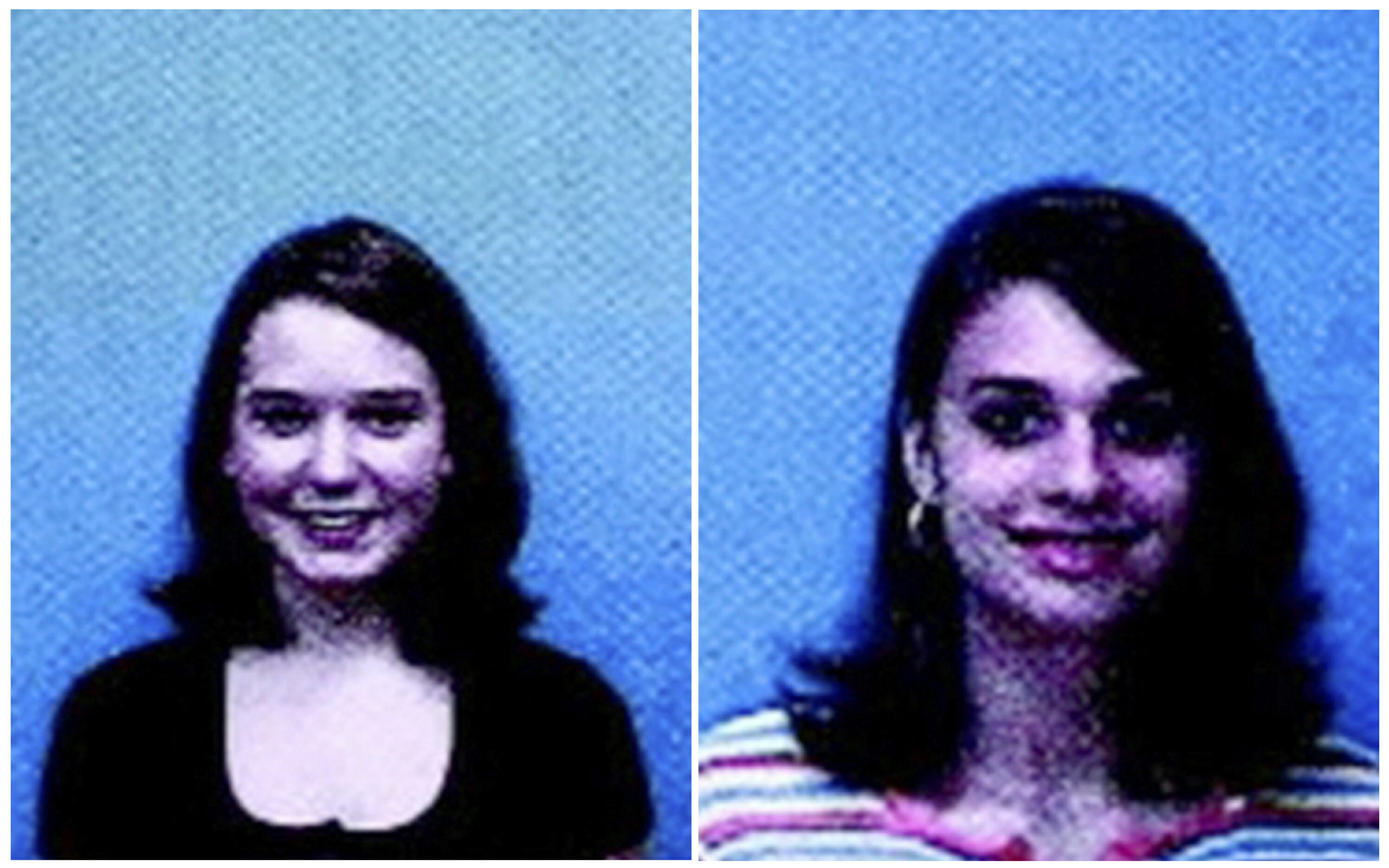
High profile arrest led Alabama police to genealogy testing
OZARK, Ala. (AP) — The type of DNA analysis that led to the arrest of an Alabama truck driver and part-time preacher in two slayings nearly 20 years has become the latest trend in police work in many parts of the country, despite concerns over privacy and fairness.
A national association for criminal defense attorneys says genetic genealogy crime-solving can lead to mistakes.
But a relative of one of the victims in the 1999 killings trusts that authorities got the right person when they arrested Coley McCraney, 45, of Dothan on murder charges in the deaths of Tracie Hawlett and J.B. Beasley, both 17.
“We’ve been through pure hell the last 20 years,” said Mike Roberts, Hawlett’s stepfather. “DNA don’t lie.”
Law enforcement interest in using genetic genealogy to crack cold cases took off after the highly publicized arrest of a suspect in the so-called Golden State serial killings in California last year.
A suspect in those cases was found by running crime-scene DNA through a genealogy database, said CeCe Moore, chief genetic genealogist with Virginia-based Parabon NanoLabs. The same company did the searches that led to McCraney’s arrest in Alabama after police heard of the technique.
After genealogical matching identified McCraney as a potential suspect, police said, the man voluntarily submitted a DNA sample that tied him to evidence left at the crime scene.
While investigators seeking new leads in cold cases are intrigued, others see red flags.
“There are huge privacy concerns,” said Jennifer Friedman, a public defender in Los Angeles who has been involved in cases involving DNA since the late 1980s.
She said there are multiple problems with tying people to crimes using family genetic information, including the fact that most people probably wouldn’t want a relative arrested based on their DNA sample.
Amy McGuire, a professor of biomedical ethics at the Baylor College of Medicine in Houston, told The Associated Press last fall that police searches using DNA and genealogy websites have sometimes pointed to an incorrect person.
And directors of the National Association of Criminal Defense Lawyers passed a resolution in 2013 opposing the use of familial DNA searches during criminal investigations. The board cited multiple concerns, including the possibility of incorrect matches caused by inadequate procedures.
To make matches, Moore said her company only uses a database to which people have uploaded their information voluntarily after being told it was subject to use in investigations.
She said only about a million people — out of an estimated 23 million who have taken a consumer DNA ancestry test — are in GEDMatch, the database used in the Alabama investigation. GEDMatch is a public genetic database repository to which people have uploaded profiles from at-home ancestry kits.
Moore said the same technique once was used to help adopted individuals search for birth families.
“Many of us that were working with adoptees and others of unknown parentage knew that the methodologies that we had created for that were applicable for law enforcement,” she said. The California case helped “open the door” to law enforcement, she said.
McCraney’s case is just getting started, and it’s unclear whether the defense may try to raise genealogical genetic testing as an issue in court.
But on the street where McCraney grew up in south Alabama, neighbors including 67-year-old Mattie Beaty expressed disbelief at his arrest.
“I tell you, that’s a good child. A lot of stuff don’t add up. I know they are holding back a lot … but 20 years, and they are just now coming up with his DNA,” Beaty said.
Hawlett and Beasley vanished after heading to a party on July 31, 1999. Their bodies were found the next day in the trunk of Beasley’s black Mazda along a road in Ozark, a city of 19,000 people about 90 miles (145 kilometers) southeast of Montgomery. Each was shot in the head.
The case sat unsolved for nearly two decades, until the arrest in the Golden State killings. Ozark Police Chief Marlos Walker said “let’s try that” after hearing about the West Coast case.
McCraney was arrested Friday after the Alabama crime scene sample was analyzed and uploaded to GEDMatch.
Parabon’s work enabled police to charge McCraney with multiple counts of capital murder, including one accusing him of killing Beasley during a sexual assault. It’s unclear what other evidence, if any, police might have against McCraney.
Moore said the company is now fielding calls for help in decades-old cases as interest grows in this technique. Since May, the company has helped provide law enforcement with identifications in 43 cases, she said.
She said genetic genealogy can help provide answers for families who have seen their loved one’ murders go unsolved for years.
“The fact that we can finally provide those is just incredibly important,” Moore said.
___
Associated Press writer Jay Reeves in Birmingham, Alabama, contributed to this report.
The Western Journal has not reviewed this Associated Press story prior to publication. Therefore, it may contain editorial bias or may in some other way not meet our normal editorial standards. It is provided to our readers as a service from The Western Journal.
Truth and Accuracy
We are committed to truth and accuracy in all of our journalism. Read our editorial standards.
Advertise with The Western Journal and reach millions of highly engaged readers, while supporting our work. Advertise Today.












